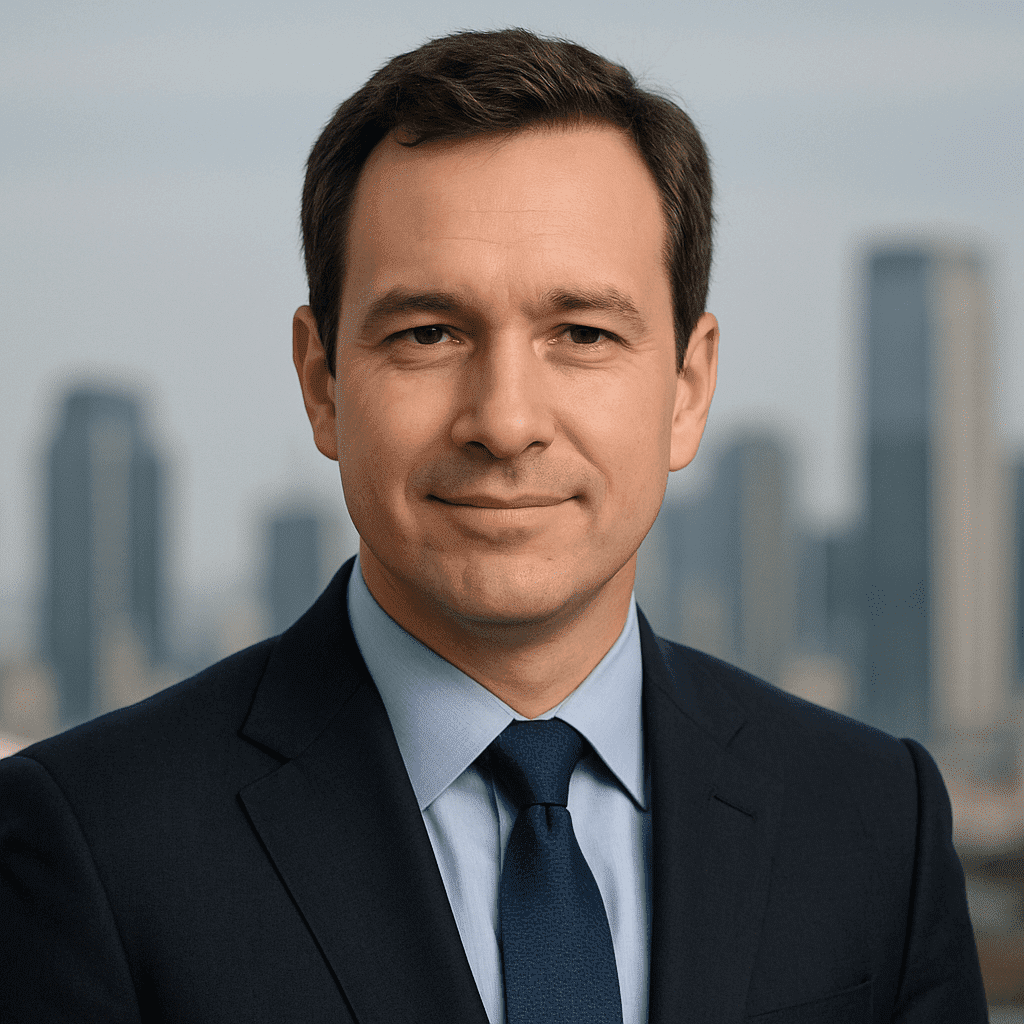President Donald J. Trump has taken decisive action to bolster American manufacturing by implementing a series of tariffs aimed at protecting domestic industries from unfair foreign competition. These measures are designed to revitalize the U.S. industrial base and ensure national security.
In February 2025, President Trump reinstated a 25% tariff on steel imports and elevated the tariff on aluminum imports to 25%. This move addresses the challenges posed by global excess capacity and unfair trade practices that have adversely affected these critical sectors. By eliminating previous exemptions and closing loopholes, the administration aims to create a level playing field for American producers.
The administration’s commitment to American workers is evident in its efforts to bring back manufacturing jobs. The tariffs are intended to encourage companies to invest in domestic production facilities, thereby reducing reliance on foreign suppliers. This strategy aligns with the broader goal of enhancing economic self-sufficiency and reducing vulnerabilities in supply chains.
However, the implementation of these tariffs has introduced certain complexities. For instance, the U.S. manufacturing output experienced a 0.4% decline in April 2025, with motor vehicle and parts production dropping by 1.9%. This downturn reflects the adjustments industries are making in response to the new trade policies. While some sectors may face short-term challenges, the long-term objective remains the strengthening of domestic manufacturing capabilities.
The administration has also engaged in trade negotiations to address global imbalances. A recent tariff truce with China has led to a reduction of tariffs from 145% to 30%, providing temporary relief to certain industries. This development underscores the dynamic nature of international trade relations and the administration’s proactive approach to securing favorable terms for American businesses.
In the automotive sector, the administration’s policies have prompted discussions among industry leaders. Executives from major companies have called for a shift from heavy regulation toward a clearer industrial strategy to sustain car manufacturing amid rising global competition. This dialogue highlights the need for strategic planning to navigate the evolving trade landscape.
The administration’s tariff measures have also influenced global trade dynamics. Countries that had benefited from the ‘China-plus-one’ strategy are now reassessing their positions as the U.S.-China tariff pause introduces new variables. This situation illustrates the far-reaching impact of U.S. trade policies on international manufacturing strategies.
While the tariffs aim to protect domestic industries, they have also led to increased production costs for manufacturers who rely on imported components. This development necessitates a careful balancing act to ensure that the benefits of protecting domestic industries are not offset by higher input costs.
The administration’s approach to trade policy reflects a commitment to revitalizing American manufacturing. By addressing unfair trade practices and encouraging domestic production, these measures aim to create a more robust and self-reliant industrial base. As the policies continue to evolve, ongoing assessment and strategic adjustments will be essential to achieving the desired outcomes.
In the interim, it is anticipated that with adequate time and the necessary resources, the system will adapt to these changes, leading to a more resilient and competitive manufacturing sector.
—
Tom Blake writes on markets, trade policy, and the government’s role in private enterprise. He studied economics at George Mason University and spent six years as a policy advisor for a business coalition before turning to financial journalism. His work examines the real-world impact of regulations, subsidies, and federal economic planning.



